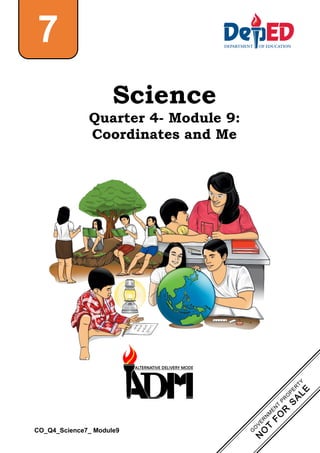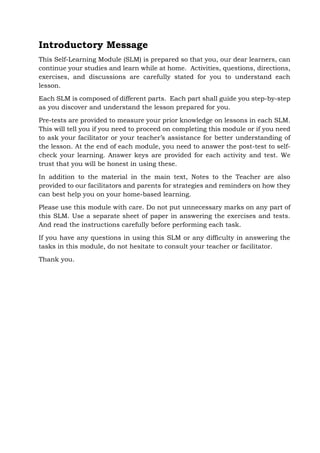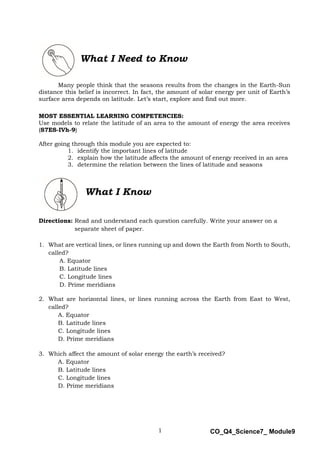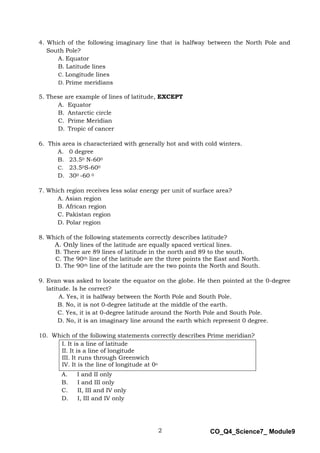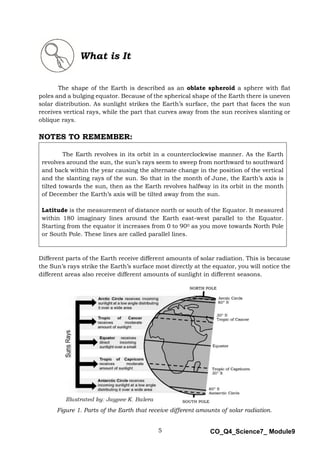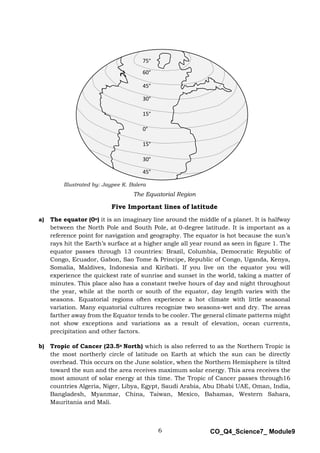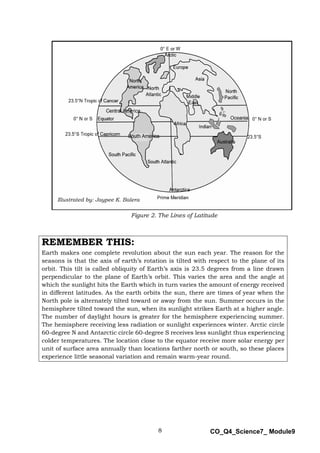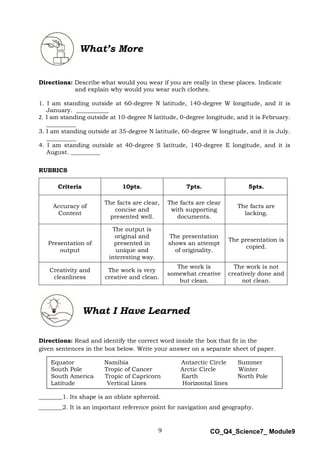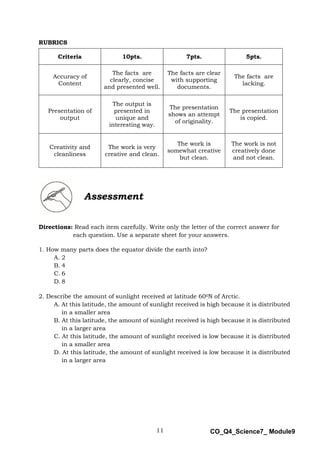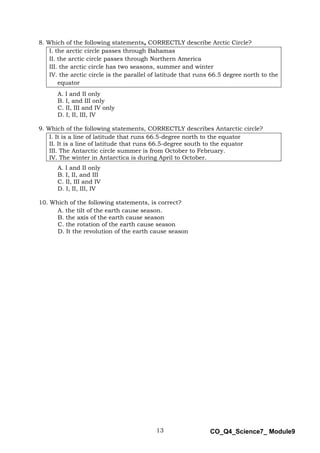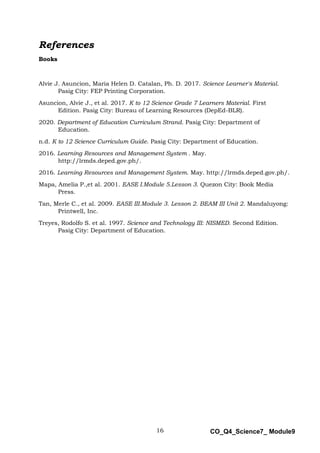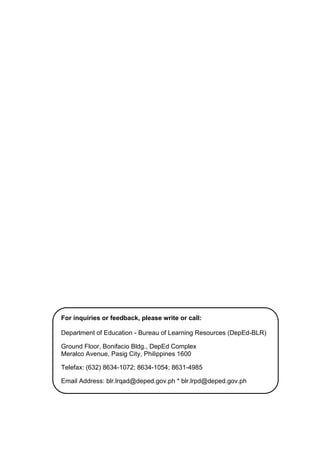Here are sample responses to the scenarios provided:
1. I would wear warm winter clothes like a thick coat, hat, gloves and boots. This is because at 60 degrees north latitude in January, it would be very cold as this location is within the Arctic circle and experiencing winter.
2. I would wear lightweight clothes like shorts and short sleeves since it would be hot and humid. This is because at 10 degrees north latitude in February, it would experience little seasonal variation and remain warm throughout the year being close to the equator.
3. I would wear summer clothes like t-shirt and pants. Though it would be warmer than winter, the temperature would still be milder than locations closer to the equator. This
